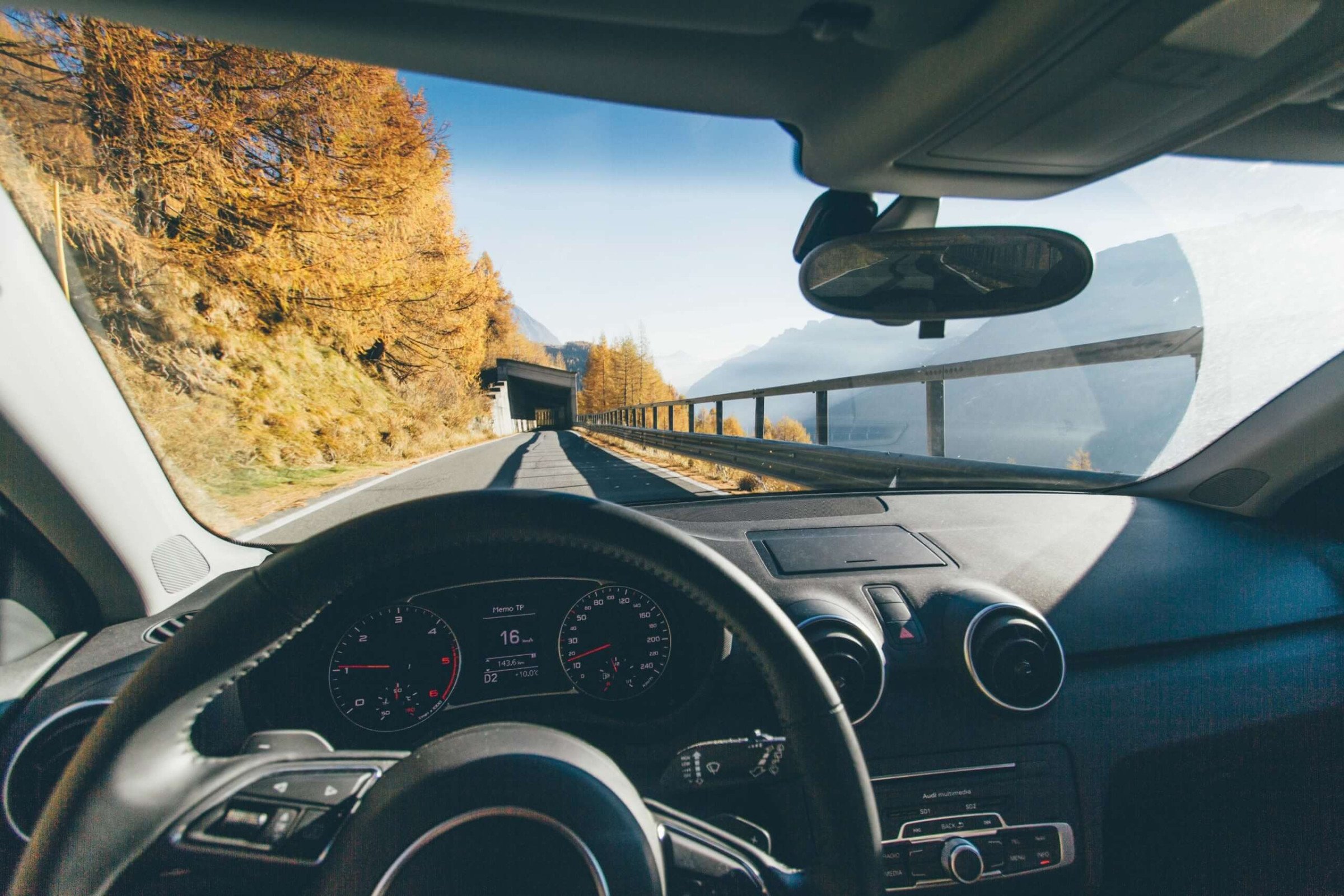Your vehicle’s suspension and steering components are critical to its drivability. These components take care of your control, comfort, safety and wear and tear on other components.
We have already detailed how a worn out suspension can do serious damage to other parts of your car. Regular maintenance of components like ball joints, tire rod ends and center links can significantly improve the quality of your ride and extend its lifetime. While car design is moving towards more vehicles having “sealed” components that don’t need to be lubricated, they still benefit from regular inspections. Still, many cars have “serviceable” components that require regular maintenance like lubrication. Fortunately, keeping your steering and suspension oiled up isn’t too difficult, especially with the help of this handy guide.
What You’ll Need to Lube Your Suspension
- Floor Jack
- Grease gun with cartridge
- Jack stands
- Creeper
- Rags
- Owner’s manual
- Wheel blocks
Part 1 - Lift the vehicle
Safety tip: Make 100% certain that the floor jack you are using has the right weight capacity to safely keep your vehicle lifted. Double-check your jack stands as well. Your car’s VIN label will have the vehicle weight, located either on the driver’s door jamb or the door itself. It is abbreviated as GVWR.
A creeper is a great tool to help you slide in and out from under your vehicle. If you don’t have one and don’t want to buy one, use a piece of cardboard. Locate the points at which the vehicle needs to be jacked. In our experience, when working at home it’s much easier to do this one side at a time.
Some cars feature a distinct marker or a cut-out to indicate where the jack should be placed. If you cannot find these on your car, check your owner’s manual. Secure the wheels. Put your wheel blocks in front or AND behind both of the rear wheels. Lift the car slowly until the tire has no more contact with the ground. Once you’ve done that, place the jack stand at the lowest point underneath the car.
Safety tip: Make sure that the jack stand is placed in a sturdy part of the vehicle such as the chassis. Once in position, lower the car slowly onto the stand. Don’t remove the jack. Keep it in its heightened position.
Part 2 - Grease the components
Use your creeper or makeshift creeper to slide under your car, keeping your grease gun and rag with you. Locate the ball joints, tire rods and any other serviceable components. They will have a grease fitting on them. Check all of the suspension and steering component assemblies to be sure you find all of them. On most cars you will find one upper and one lower ball joint in addition to a tire rod end (outer). Starting from the driver’s side and working towards the middle of the car you will find a “pitman arm” which is connected to the steering box. You may also find a center link, if your car has one, which connects the right and left tie rods to each other. Some cars also have an idler arm that supports the center link from the passenger side. All of these should be easily reachable, except on cars with an offset wheel design. With those vehicles, you may have to take the wheel off to get to the grease fitting.
Consult your owner’s manual if this is the case or if you are unsure. Use the grease gun to fill each of the components with grease. Depending on your car, they may have a rubber “boot” surrounding them. If they are overfilled there is a chance they may burst. It shouldn’t take more than a few pumps to properly fill them. Many components are designed to simply expel excess grease. If that’s the way your car is designed, grease running out of a component is the signal that it is full. Use a rag to wipe off any excess grease. Lower the car and repeat parts one and two again, this time on the other side of the vehicle.
Part 3 - Lubricate the rear suspension (maybe)
Many cars have a rear suspension that does not require lubrication. If your car features an “independent rear suspension” it may have these components. Consult your owner’s manual to see whether or not your rear suspension has serviceable components before spending time lifting your vehicle.




